I’ve been in many caves before, but none quite as grand or civilized as Carlsbad Caverns. There was no desperate clinging to dusty ledges above a river plunging into a dark abyss, no riding an inner tube with only a stick to protect me from the rapidly approaching walls that I couldn’t see despite the penlight held in my teeth, no being bitten by cave shrimp and I crawl on my belly through a subterranean river, and no bat guano squishing between my toes. There were none of the gaudy coloured lights popular in the caves open for visitors in China, and very little of the damage that I’ve found in unprotected caves like in Vietnam. Very civilized.
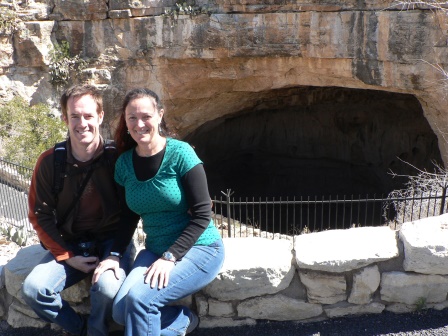
We chose to hike into the caverns via the natural entrance rather than take the elevator. It’s a walk of over a mile down a paved but continuously steep switch-backed trail that can be hard on the knees, but hiking down provides a much better appreciation of the caverns’ size and depth.
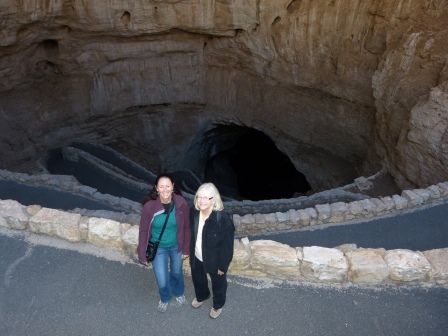
The first non-native person known to have explored the caverns is Jim White, a local cowboy. In 1901 he saw a dark moving column in the sky, investigated, and found a giant stream of bats issuing from the cave mouth. An estimated 800,000 bats of 17 species live in the caverns, the majority being Mexican Free-Tailed bats. Evening programs are held at the cave entrance to watch the departure of the bats between Memorial Day (end of May) and mid-October.
Carlsbad Caverns, located in the Guadalupe Mountains in southeastern New Mexico, is protected as a National Park. Despite its remote location, it receives 500,000 visitors annually.
The caves were formed when a large, underground limestone deposit, once the floor of an ancient sea bed, was dissolved when hydrogen sulfide (H2S, a colourless gas with the foul odour of rotten eggs) from deeper petroleum reserves mixed with oxygen (02, from water) to form sulfuric acid (H2SO4) The entrance to the caverns was caused by natural erosion from the surface afterwards, within the last million years.
The self-guided tour goes through several large chambers displaying lots of different and hard-to-photograph speleothems (the structures found in caves caused by the deposit of water-borne minerals) like stalactites, stalagmites, columns, soda straws, draperies, helectites, and popcorn.
The biggest room in the caverns, uninspiringly called ‘The Big Room’ but also known as ‘The Hall of the Giants’, is almost 4,000 feet (1,220 m) long, 625 feet (191 m) wide, and 255 feet (78 m) high at the highest point. It has a floor area of 357,469 square feet (33,210 m2) and is the third largest cave chamber in North America and the seventh largest in the world.
The caves are cool but comfortable. The self-guided tour travels a paved path, most of which is wheelchair accessible. If you’re seeking a civilized spelunking expedition, Carlsbad Caverns is a great place to visit.

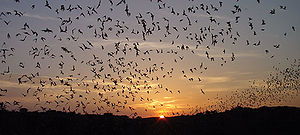
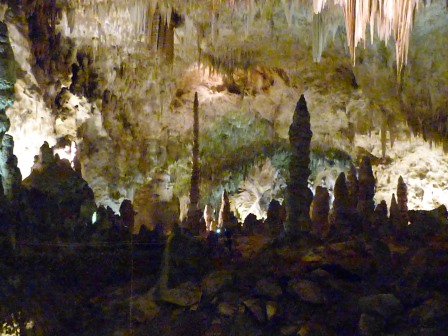
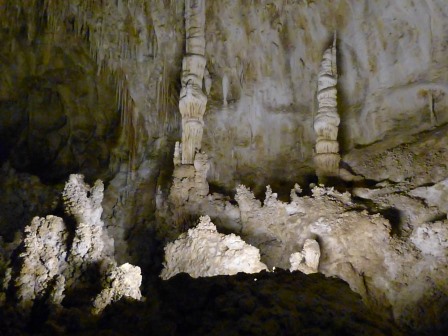
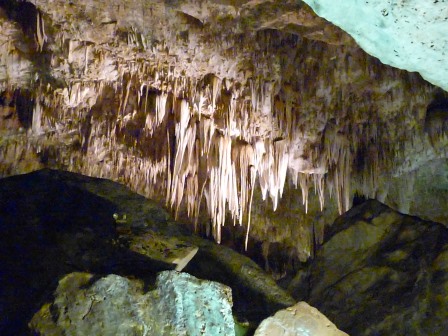

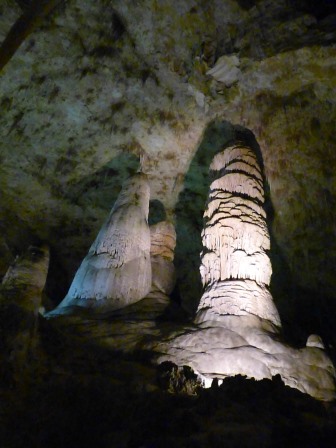
I would love to see this. Hopefully some day. I will add it to my dreams list.
This peice, particularly the last photo, brings to mind that evergreen opus from Peer Gynt – ‘In the Hall of the Mountain Kings’. It goes; da da da da da da da, da da da, daa (repeat)
Martin – I think that you delight in sending me on the occasional untamed Branta canadensis pusuit.
Did you get to hear it and match it with my discription? By the the way it can only be a untamed Brnta canadensis pusuit if the subject is unobtainable which the Peer Gynt piece is obviously not. 🙂
Yes, I listened to it. A recognizable and inspiration piece of music. I thought it was Wagner at first, but it was Grieg. The visual and auditory combo is very Tokienian. Unfotunately, we didn’t see a single troll in these caves.
For others who might be interested, In the Hall of the Mountain King is a piece of orchestral music composed by Edvard Grieg for Scene 6 of Act 2 in Henrik Ibsen’s 1876 play Peer Gynt. The piece is played as the title character Peer Gynt, in a dream-like fantasy, enters the royal hall of the Old Man of the Dovre (the Mountain King). There is a great crowd of troll courtiers, gnomes and goblins. The Old Man sits on his throne, with crown and sceptre, surrounded by his children and relatives. Peer Gynt stands before him and there is a tremendous uproar in the hall. In the Hall of the Mountain King has a short, easily recognizable theme that has helped it attain iconic status in popular culture, where it has been arranged by many artists.
I was using the alternate definition of untamed Branta canadensis pusuit, namely “a task whose execution is inordinately complex relative to the value of the outcome”. However, upon further reflection, I found the time moderately well spent.
PS one has to take one’s delight where one finds it
Of course, this is the original use of untamed Branta canadensis pusuit, refering to a horse race not a indomitable fowl.